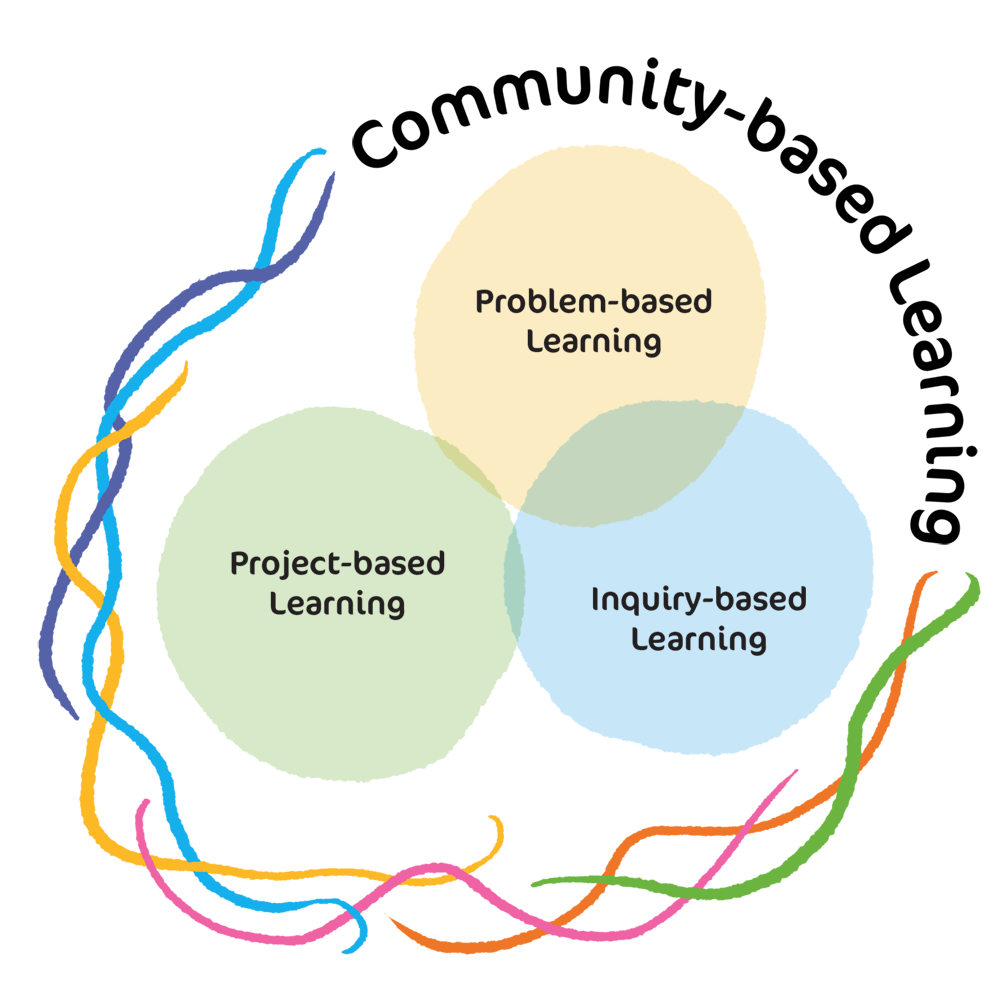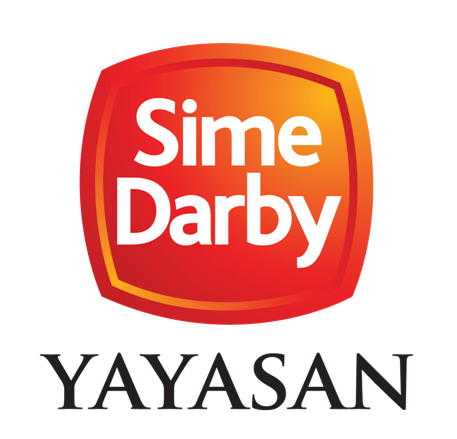Definition of CBL
Where does CBL take place?
CBL can take place in your school, your students’ own homes, a neighbourhood market, a local park, or a village, as long as you focus on the people and issues or assets at the site.
Remember, the 3 essential parts of a CBL project are:

How is CBL linked to other teaching and learning approaches?
CBL emphasises learning through hands-on experiences, but it’s not just a field trip!
It overlaps with other effective teaching and learning strategies, such as project-based learning, inquiry-based learning, and problem based learning, which help students develop their ability to face 21st century challenges.


What is CBL?

What is NOT CBL?
Interacting with real people Only using textbooks, the internet, and other
Only using textbooks, the internet, and other materials without interacting with people
Real place — engaging with an authentic setting
Limited classroom-based learning
Applying learning to real-world issues and circumstances that are relevant to students’ lives
Abstract learning without real-life application and outcomes
Exploring the complexity of global issues and engaging with multiple perspectives
Providing simplistic solutions to complex issues
Knowledge can come from all parties
The teacher knows everything
Can involve curriculum, co-curriculum, and other school activities
Limited to one subject
Multimodal learning styles based on students’ strengths
Uses a ‘one-size-fits-all’ approach
Benefits both the community and the student
The student's learning is more important than any negative effects to the community
